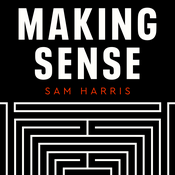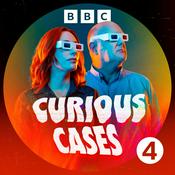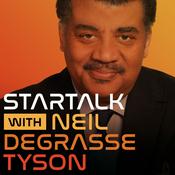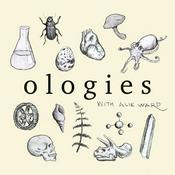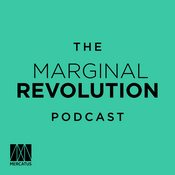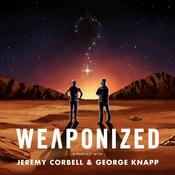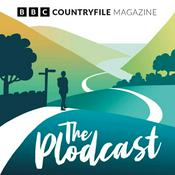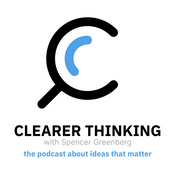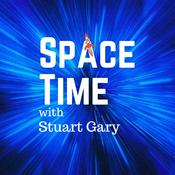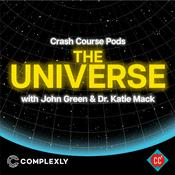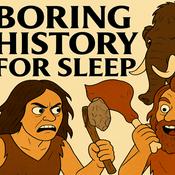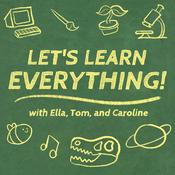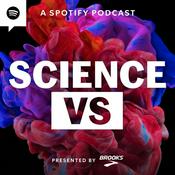1203 episodes

A Neurologist Investigates His Own Musical Hallucinations
24/12/2025 | 10 mins.
Imagine sitting at home and then all of a sudden you hear a men’s choir belting out “The Star Spangled Banner.” You check your phone, computer, radio. Nothing’s playing. You look outside, no one’s there. That’s what happened to neurologist Bruce Dobkin after he received a cochlear implant. He set out to learn everything he could about the condition, called musical hallucinosis.In a story from August, Host Ira Flatow talks with Dobkin about his decision to publish his account in a medical journal and why the condition is more common than he realized.Guest: Dr. Bruce Dobkin is a neurologist at UCLA Health.Transcript is available at sciencefriday.com. Subscribe to this podcast. Plus, to stay updated on all things science, sign up for Science Friday's newsletters.

‘Prehistoric Planet’ Defrosts Strange Animals Of The Ice Age
23/12/2025 | 17 mins.
Koalas with the bodies of lions. Elephants the size of your dog. Gigantic, 8-foot-tall sloths. These aren’t creatures found in science fiction: They walked our planet a million years ago, during the Ice Age.That’s the focus of the third season of the Apple TV series “Prehistoric Planet,” which uses the latest paleontology research and photorealistic CGI to reimagine the lives of ancient creatures. So far, the series has focused on dinosaurs, but now it’s taking that same approach to the huge and strange-looking animals that roamed the tundras and deserts of the Ice Age.Joining Host Ira Flatow to thaw out the new research featured in the show are two of its scientific consultants, paleontologist Darren Naish and La Brea Tar Pits curator Emily Lindsey.Guests: Dr. Darren Naish is a paleozoologist and author based in Southampton, U.K.Dr. Emily Lindsey is a paleoecologist, curator, and excavation site director at the La Brea Tar Pits and Museum in Los Angeles, California. Transcript available at sciencefriday.com. Subscribe to this podcast. Plus, to stay updated on all things science, sign up for Science Friday's newsletters.

How Did Vaccine Policies Actually Change In 2025?
22/12/2025 | 12 mins.
Since 1955, when Congress passed the Polio Vaccination Assistance Act, the federal government has been in the business of expanding access to vaccines. That is, until this year.2025 has been filled with almost daily news stories about federal agencies, under the direction of Health Secretary Robert F. Kennedy Jr., casting doubts about vaccine safety, including unsubstantiated claims about links to autism. These agencies have also been taking steps that could roll back access to vaccines, including for hepatitis B and COVID-19.But we’ve found it very hard to sort out what these talking points and recommendations mean in practice. KFF Health News journalists Jackie Fortiér and Arthur Allen join Host Flora Lichtman to discuss, one year in, what this administration’s stance on vaccines has meant practically—for vaccine access, and vaccine uptake.Guests: Arthur Allen is senior correspondent at KFF Health News and author of Vaccine: The Controversial Story of Medicine's Greatest Lifesaver.Jackie Fortiér is a Peggy Girshman fellow covering health policy at KFF Health News.Transcripts for each episode are available within 1-3 days at sciencefriday.com. Subscribe to this podcast. Plus, to stay updated on all things science, sign up for Science Friday's newsletters.

Why Astronomers Are Excited About Comet 3I/ATLAS’ Close Approach
19/12/2025 | 18 mins.
This year, comet 3I/Atlas broke into our solar system, but also the zeitgeist. This dirty snowball is a visitor from another solar system, and it’s only the third interstellar object we’ve ever spotted. And today, it's closer to us than ever before—just 170 million miles away.Astronomy experts Stefanie Milam and Hakeem Oluseyi join Host Flora Lichtman to dish about 3I/ATLAS and how it captured the spotlight in a way that maybe no other big hunk of rock ever has.Plus, the sun is setting on the ISS, and the plan is to eventually crash it into the ocean. But wouldn’t it be cooler to send it into deep space instead? A listener pleads his case.Guests: Dr. Stefanie Milam is an astrochemist at NASA and a project scientist for the James Webb Space Telescope. She studies comets and interstellar objects.Dr. Hakeem Oluseyi is an astrophysicist and CEO of the Astronomical Society of the Pacific.Transcripts for each episode are available within 1-3 days at sciencefriday.com. Subscribe to this podcast. Plus, to stay updated on all things science, sign up for Science Friday's newsletters.

‘Fire Amoeba’ Likes It Hot, And A Faraway Lava Planet
18/12/2025 | 18 mins.
While on a sampling trip in California’s Lassen Volcanic National Park, researchers stopped to sample a rather boring stream on their hike to Boiling Springs Lake. But when they incubated that water sample back in the lab, they discovered an amoeba that could still move and divide at 145 F, a new record for a eukaryotic cell. Microbiologist Angela Oliverio joins Host Flora Lichtman to describe the “fire amoeba,” Incendiamoeba cascadensis.Plus, planetary scientist Johanna Teske takes us to exoplanet TOI-561b, a far-off “wet lava ball” which was recently observed by the James Webb Space Telescope. Researchers believe that the planet has the strongest evidence yet of an atmosphere on a rocky planet outside our solar system.Guests:Dr. Angela Oliverio is an assistant professor in the department of biology at Syracuse University. Dr. Johanna Teske is a staff scientist at Carnegie Science Earth and Planets Laboratory in Washington, D.C.Transcripts for each episode are available within 1-3 days at sciencefriday.com. Subscribe to this podcast. Plus, to stay updated on all things science, sign up for Science Friday's newsletters.
More Science podcasts
Trending Science podcasts
About Science Friday
Listen to Science Friday, More or Less and many other podcasts from around the world with the radio.net app
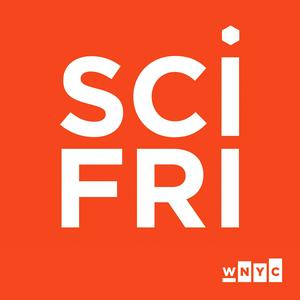
Get the free radio.net app
- Stations and podcasts to bookmark
- Stream via Wi-Fi or Bluetooth
- Supports Carplay & Android Auto
- Many other app features
Get the free radio.net app
- Stations and podcasts to bookmark
- Stream via Wi-Fi or Bluetooth
- Supports Carplay & Android Auto
- Many other app features
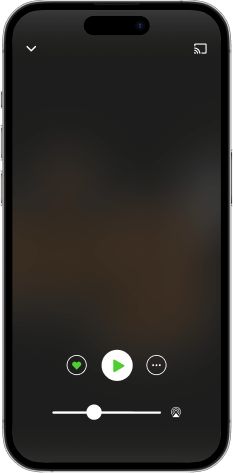

Science Friday
download the app,
start listening.

